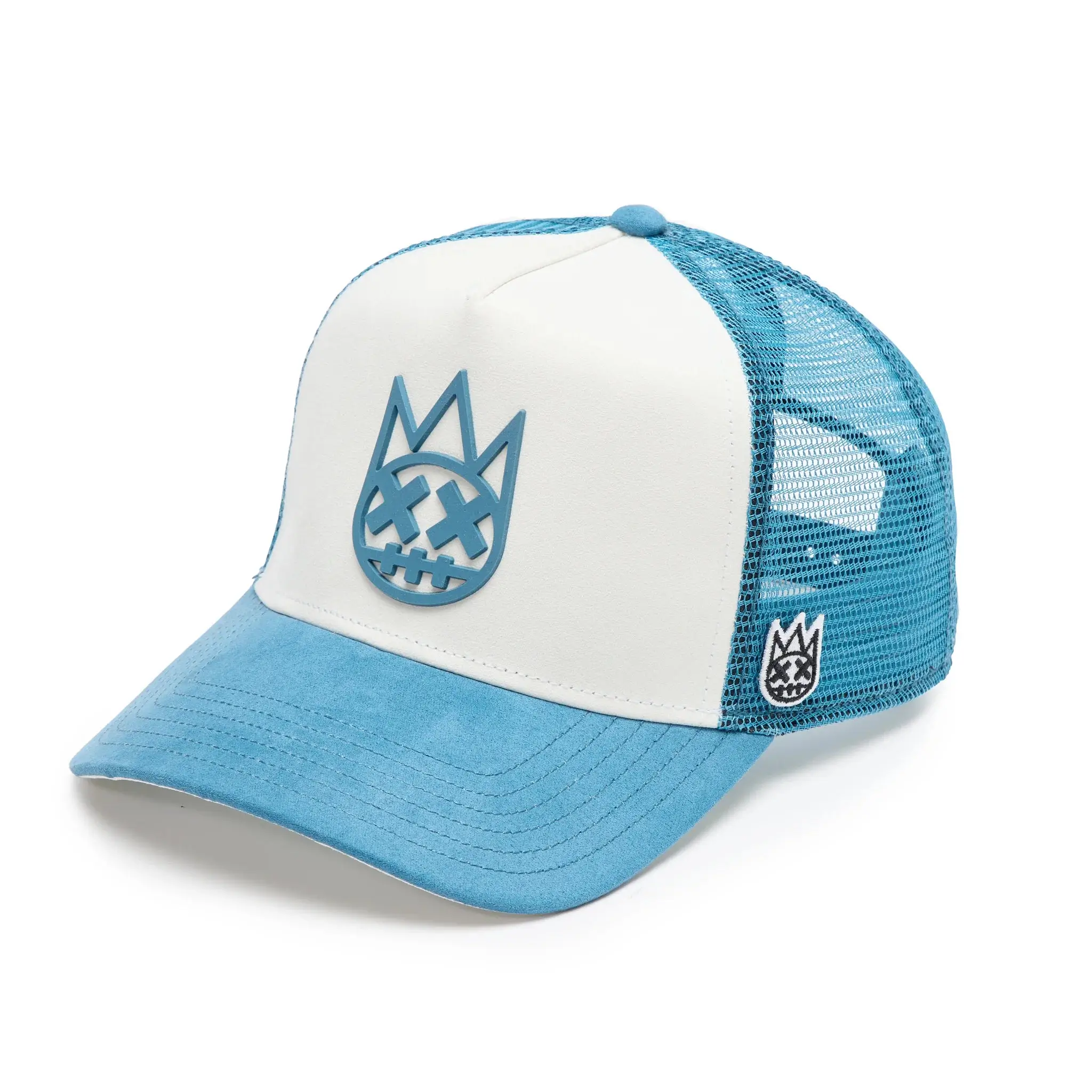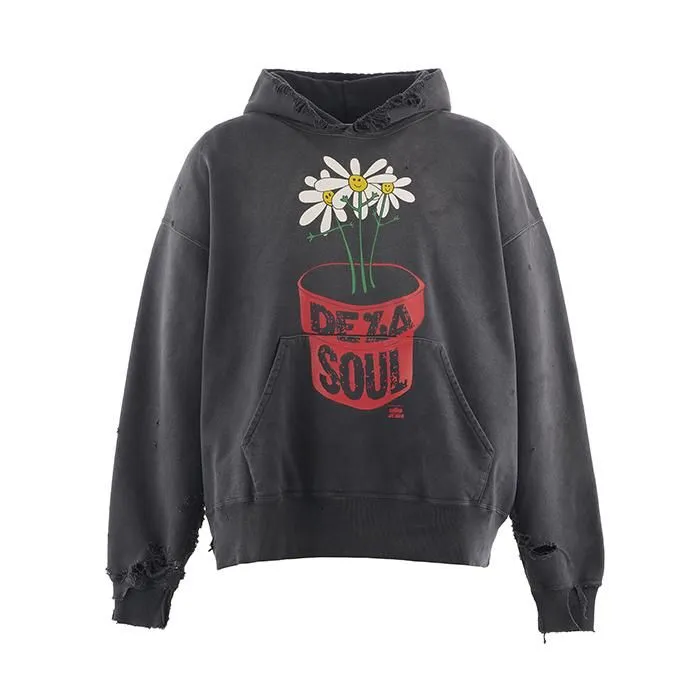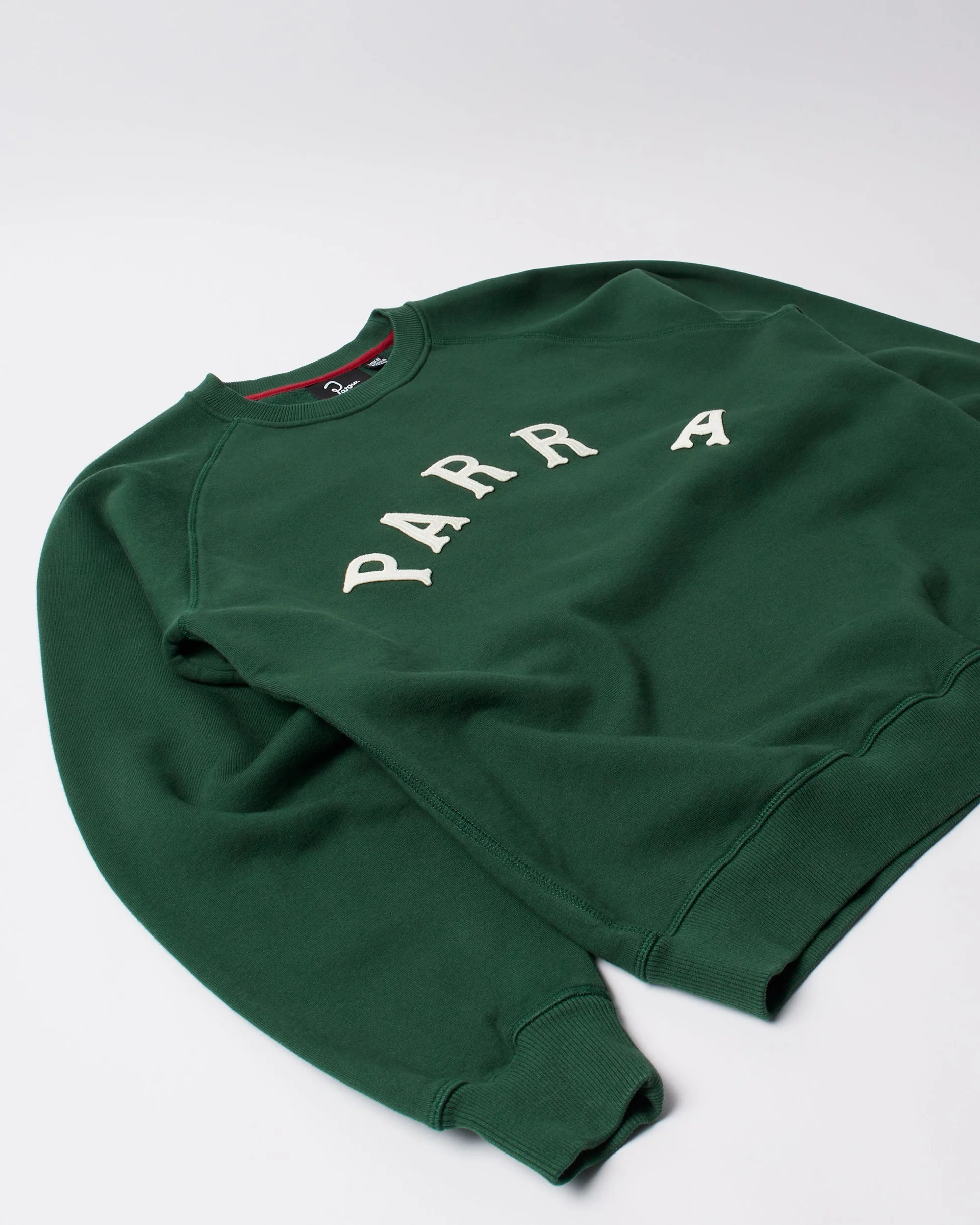Luxury fashion brands faced a major dilemma last year, with billions of dollars’ worth of unsold products due to various economic challenges. This excess inventory results from unpredictable demand, shifting market trends, and economic disruptions such as the COVID-19 pandemic. Luxury brands, which traditionally rely on exclusivity, must carefully manage how they handle surplus products without damaging their brand image. This issue presents both economic and ethical considerations, especially as consumers and critics scrutinize how these brands manage overproduction and waste.
Overproduction in Luxury Fashion: A Recurring Problem
One of the key challenges facing luxury fashion brands is overproduction. Fashion operates on a fast-paced cycle with numerous collections released throughout the year, including pre-season and mid-season drops. While luxury brands emphasize exclusivity, the pressure to constantly innovate and offer new products can lead to excess production. Brands may produce more items than they can sell, especially when trying to anticipate trends and consumer demand. In the aftermath of the pandemic, this problem has been exacerbated as lockdowns and reduced consumer spending have left brands with massive inventories they can’t sell.
The Consequences of Unsold Luxury Products
Unsold inventory is a costly problem for luxury brands, particularly when it comes to storing these high-value items. Unlike fast fashion brands, luxury companies cannot easily offer steep discounts or sell through traditional clearance outlets without risking their brand’s perceived value. Maintaining an image of exclusivity is key to the appeal of luxury brands, and excessive discounting could undermine the perception of rarity and desirability that justifies the high price tag.
In some cases, luxury brands are known to destroy unsold products, a controversial practice aimed at preserving brand prestige. By destroying excess stock, brands prevent items from reaching discount markets or unauthorized sellers, thus maintaining their control over pricing and exclusivity. However, this practice has drawn significant criticism from environmental advocates who argue that it contributes to unnecessary waste and contradicts the increasing consumer demand for sustainability and corporate responsibility.
Strategies for Managing Unsold Inventory
Luxury brands employ various strategies to deal with unsold products without tarnishing their image. One approach is shifting excess inventory to outlet stores, where items are sold at lower prices but in a more controlled environment. Outlet sales allow brands to maintain some level of exclusivity while still clearing stock, as these stores often attract a different clientele than flagship retail locations.
Another strategy is donation. Some luxury brands choose to donate unsold items to charitable organizations, a move that not only helps to reduce waste but also bolsters the brand’s reputation for social responsibility. Donations can provide a positive narrative for the brand, particularly as consumers grow more environmentally conscious and expect companies to play a role in sustainability.
Recycling and upcycling are additional methods gaining traction in the luxury sector. Brands can repurpose unsold materials or garments into new products, reducing waste while creating something fresh for their collections. This process also appeals to consumers who are increasingly interested in sustainable fashion practices.
Some brands have turned to limited-edition re-releases, bringing unsold items back with minor modifications or rebranding them as vintage or collector’s items. This can help create renewed interest in the product while maintaining the brand’s high-end allure.
The Ethical and Environmental Concerns
While luxury brands have historically been associated with high-quality, timeless fashion, they are not immune to the growing scrutiny around sustainability. The fashion industry is one of the largest polluters globally, and overproduction plays a significant role in this issue. Consumers, particularly younger demographics, are increasingly holding brands accountable for their environmental impact and expecting them to implement sustainable practices.
Destroying unsold products is not only wasteful but also tone-deaf in an era where sustainability is paramount. Luxury consumers are now more educated about the environmental and ethical implications of their purchases, pushing brands to reconsider these practices.
Furthermore, the notion of exclusivity is evolving. Today’s consumers are less interested in arbitrary exclusivity based on price and scarcity and more focused on aligning with brands that share their values, such as environmental consciousness and ethical production. Brands that do not adapt risk losing relevance in a rapidly changing market.
The future of luxury fashion will likely involve a more integrated approach to managing unsold products, as well as a shift toward more sustainable production practices. Advances in technology, particularly in data analytics, can help brands better predict consumer demand and minimize overproduction. Machine learning and AI can analyze purchasing patterns and market trends to help brands produce the right amount of inventory for the right audience, reducing waste and unsold stock.
In addition, more luxury brands are likely to embrace circular fashion models, which prioritize sustainability and reuse. This could involve more partnerships with second-hand marketplaces or initiatives where customers can return used luxury goods for recycling or repurposing. These strategies not only reduce waste but also offer a new revenue stream for luxury brands by tapping into the growing resale market.
Collaborations with designers or artists to transform unsold inventory into limited-edition pieces could also provide a solution. Such creative approaches preserve brand integrity while fostering innovation and minimizing waste.
Luxury fashion brands face a challenging balancing act when dealing with unsold products. While maintaining exclusivity is key to their appeal, they must also adapt to changing consumer expectations around sustainability and ethics. Strategies like outlet sales, donations, recycling, and limited-edition releases offer ways to manage excess inventory without damaging brand image or contributing to waste.
However, the pressure to shift toward more sustainable practices is only increasing, and luxury brands that continue to destroy unsold products risk alienating a growing segment of their audience. As fashion continues to evolve, luxury brands must find ways to blend exclusivity with responsibility, demonstrating that they can offer not just timeless style, but also forward-thinking solutions to global environmental challenges.
In a world where consumers are becoming more conscientious about the products they buy, luxury brands will need to take a proactive approach to managing unsold inventory and adapting to the growing demand for sustainability. Whether through technology, innovation, or a fundamental shift in production processes, the future of luxury fashion lies in finding ways to align the industry’s values with the expectations of an increasingly aware consumer base.
No comments yet.








